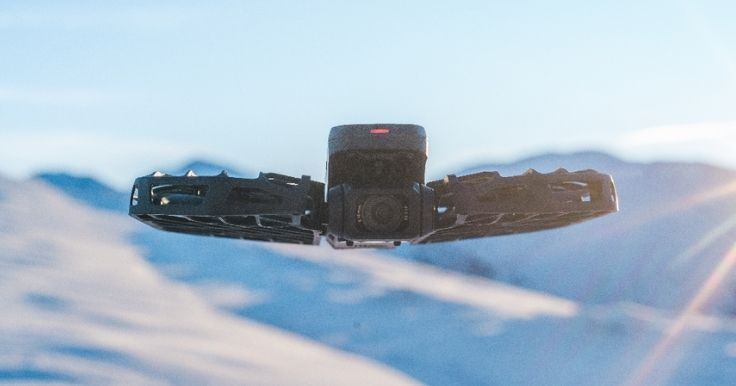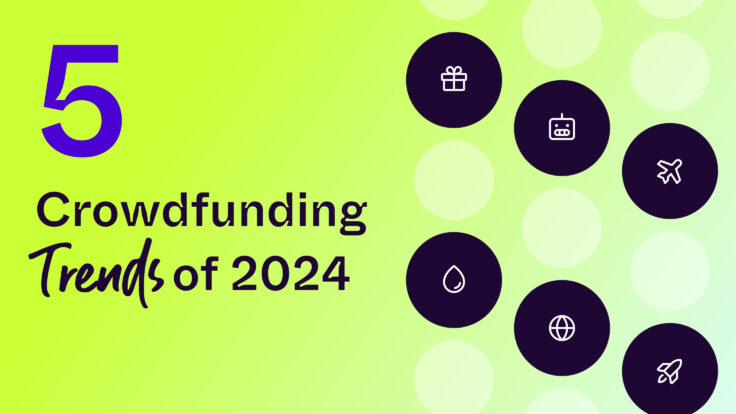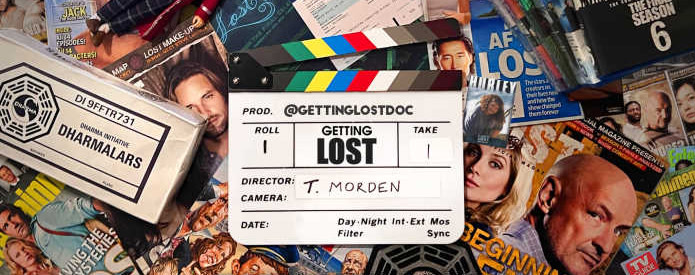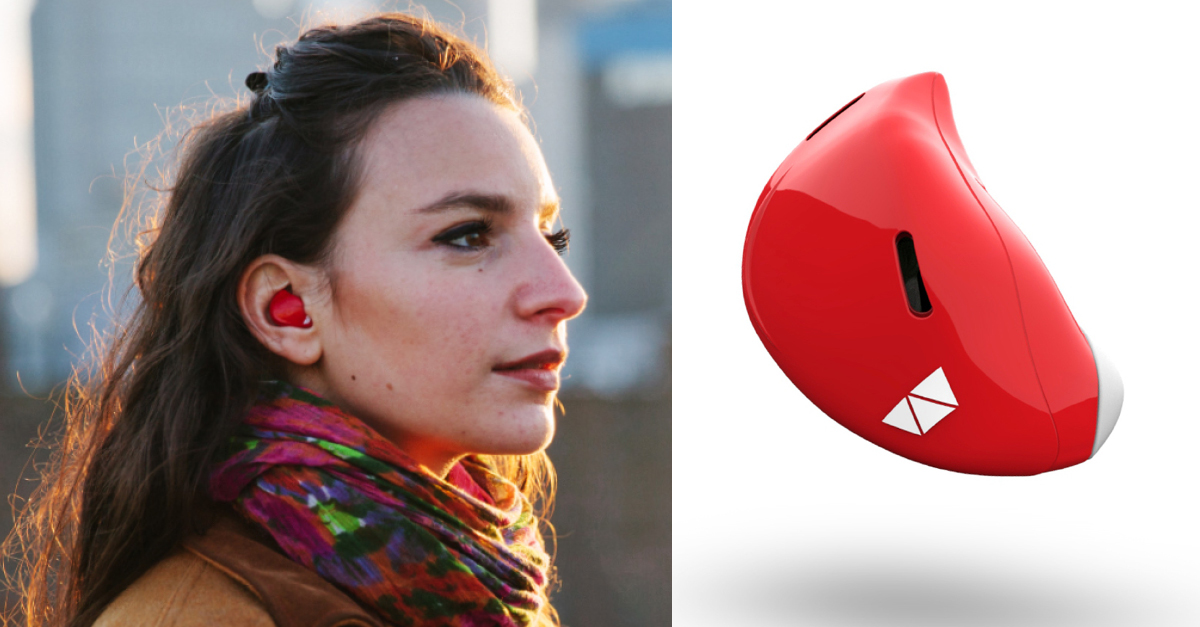 This is a guest post by Andrew Ochoa, CEO of Waverly Labs. It has been formatted for Indiegogo’s blog. To read a more detailed version, check out Waverly Labs’ full crowdfunding story.
This is a guest post by Andrew Ochoa, CEO of Waverly Labs. It has been formatted for Indiegogo’s blog. To read a more detailed version, check out Waverly Labs’ full crowdfunding story.
From the beginning, we all believed we were working on something incredible: the world’s first translating earpiece. On May 25, 2016, we here at Waverly Labs launched our campaign for Pilot: Smart Earpiece Language Translator, and we had immediate, runaway success. In the first 15 minutes, we reached our initial goal of $75,000. What’s even more remarkable is that, within two hours, we raised over $1 million, and have since received $5 million in pre-order sales. We became one of the most successful technology campaigns ever on Indiegogo.
Our success was not just because of an innovate product. It was the result of lots of careful planning during every step of our development.
Why crowdfunding?
We bootstrapped our startup from personal funds and a small investment from friends and family, but eventually we decided that crowdfunding was the best launch strategy for Pilot. Backers of crowdfunding projects tend to skew high towards the “innovator” and “early adopter” segments of the product adoption curve, and Pilot seemed like a good fit for this audience.

Our launch strategy had three stages: pre-launch, launch and post-launch. I knew that 80% of the success of the campaign would be based on the pre-launch strategy, and if we didn’t execute it well we wouldn’t have a successful campaign.
Pre-launch growth strategy
We first needed to set our funding goal, based on what we would need to hit development milestones. Once we decided on an amount, we started to encourage our own community to contribute to the campaign so we didn’t fall victim to the biggest myth of crowdfunding. People expect backers to show enthusiasm no matter what. But if you launch it, they will NOT come. No matter how great the campaign is to you personally, the general crowdfunding community is not likely to contribute to your project unless it’s already a success from the start.
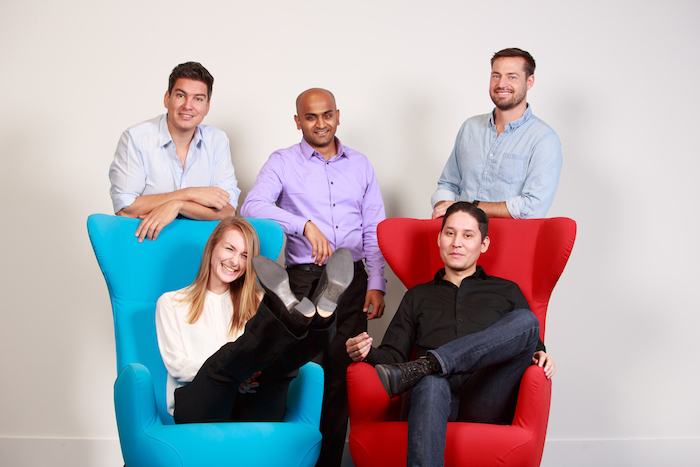
The major component of the pre-launch phase was a growth strategy that would build excitement just weeks before we officially launched. This strategy included a teaser video, press outreach, ad spend and a rewards campaign, all with the purpose of driving traffic and increasing email signups to our website.
Teaser video
We cut our full campaign video to create three separate teaser versions for different use cases (Youtube, Facebook, website, etc). The teaser would create curiosity without giving away too much information and would encourage people to go to our website to learn more.
Referral campaign
We placed email signup forms throughout the website to amplify lead capture. To encourage people to sign up and share, we offered a giveaway of the Pilot and more entries into a raffle every time that person shared the campaign on social media.
Press outreach
Press campaigns are expensive and best managed by a PR agency. Unfortunately, this was beyond our shoestring budget. Instead, I was able to get a few press contacts to write about us. As a final Hail Mary, I compiled a long press list to pitch quickly via email.
Advertising
We allocated a few thousand dollars for ad spend on multiple platforms, including YouTube, reddit and Facebook. Broad demographic profiles were created and we ran the various teaser videos across these platforms during a test phase until we could gauge the profile of users who were most interested. In the end, we found that Facebook was by far the best platform for outreach, engagement, social sharing and ability to reach a target audience.
Execution
We published the teaser video online a few weeks before the campaign, and after several days we began seeing our referral program pick up and social shares increase. We soon achieved viral status: Within two weeks we had captured 175,000 email signups and our video had been shared over 40,000,000 times on social media and by the press. A week later, we launched the campaign and hit our funding goal in 15 minutes. By the second hour, we had secured $1 million, and eventually $2.4 million over the 30 day campaign.
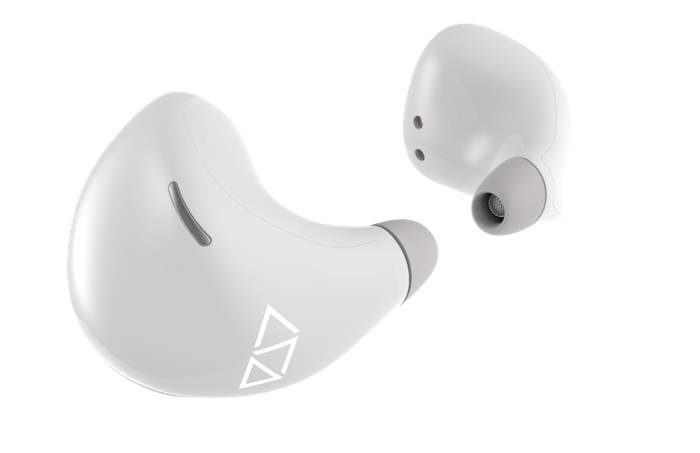
I credit the success of our pre-launch strategy to a few things. First, we had a really interesting product. But although I recognize this helped our traction, I absolutely believe this alone wouldn’t have been enough to achieve the virality we had. We needed a good way to explain the product. To illustrate the idea of a translating earpiece, we used a simple story: boy meets girl.
Second, the referral campaign worked tremendously well and encouraged people to share and like our content online. The referral campaign offered a chance to win a free Pilot earpiece, and people could increase their entries into the drawing through social sharing and getting other people to signup as well. You can’t have virality without sharing.
Launch
Our campaign officially went live on May 25, 2016. Here are a few things we did to ensure our campaign page and video engaged audiences.
Campaign Video
The video is the first thing people want to see when they visit your campaign page, so we invested a lot of our resources to make it perfect. Because we were doing production on a minimal budget, I had to quickly learn how to manage a shoot, including writing film treatments and planning a production schedule. Jeremiah (who I had hired for the creative work) has a technical background in filmmaking, and you can read his case study on how he tackled the project.
The focus of the video was always product, team and traction. Anything else would only confuse our simple, charming story. We intentionally did not include any technical details about Pilot in the video because we intended to outline this in-depth on the campaign page.
- Have an exciting thumbnail and enticing headline
- Emphasize social media shares
- Create social proof through media/press
- Show how it works with detailed product pics and walkthroughs
- Simplify the idea for the average person to understand and buy
- Provide testimonials from real people
- List the features and specs of what it does
- Reveal technological magic of how it works as proof
- Call to action: lay out company history and the difficulties/hard work put in, then ask for help to make the dream a reality
- Compelling rewards: infographic with clear/concise reward tiers
- History and roadmap / timeline
- Showcase team
Once we had an outline for what to include, we hired a designer to help us layout the page.
Post-campaign
Based on the overwhelming success of the campaign, I knew we needed to meet two main objectives during our post-campaign phase:
- Maintain momentum
- Stay in communication with our community
The first thing I did was move our campaign into Indiegogo InDemand, which allows campaigners to continue funding and taking pre-orders after their initial campaign has ended.
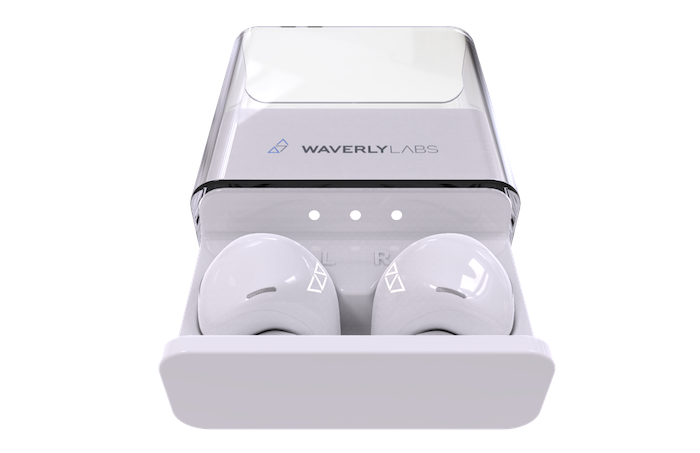
Secondly, we hired a Director of Marketing & Communications to help with our growth. This way, whether through social media, blogging, updates on the Indiegogo page or an email newsletter, we’re constantly keeping our community engaged and responding to their questions.
Looking back
When we started this project a few years ago we were really inspired by wearable technology and wanted to solve a global challenge. Although I was confident that our campaign would be a success, no one is ever prepared for the kind of viral attention we got. Looking back, I would have done a few things differently, such as building stronger press relationships well in advance and preparing the team to dedicate 100% of their time during the campaign to customer support. But all in all, we managed to break records and become one of the most popular technology crowdfunding campaigns to date.
We’ve now closed the campaign (Pilot: Earpiece Translator) but you can visit us on the Waverly Labs website to find out more about us.
Check out Indiegogo’s Crowdfunding 101 webinar for more tips on how to run a successful crowdfunding campaign.
